On mobilization, the Russian army totaled 115 infantry and 38 cavalry divisions with nearly 7,900 guns (7,100 field guns, 540 field howitzers and 257 heavy guns). Divisions were allocated as follows: 32 infantry and 10.5 cavalry divisions to operate against Germany, 46 infantry and 18.5 cavalry divisions to operate against Austria-Hungary, 19.5 infantry and 5.5 cavalry divisions for the defense of the Baltic Sea and the Black Sea littorals, and 17 infantry and 3.5 cavalry divisions were to be transported in from Siberia and Turkestan.
Uniform (which was a sort of green-ish khaki from 1908) incorporated a military version of the traditional Russian pull-over shirt-tunic, the so called gymnastiorka, trousers with a semi-breeches type cut, and a visor peaked cap badged with a oval shaped cockade in the Romanov colours of black, white and orange. Note that the shade of green-ish khaki varied a lot, especially after heavy use and many washes, sometimes into light brown, sometimes into a very light green-brown.
Riflemen
Guard riflemen
Grenadiers
Engineers
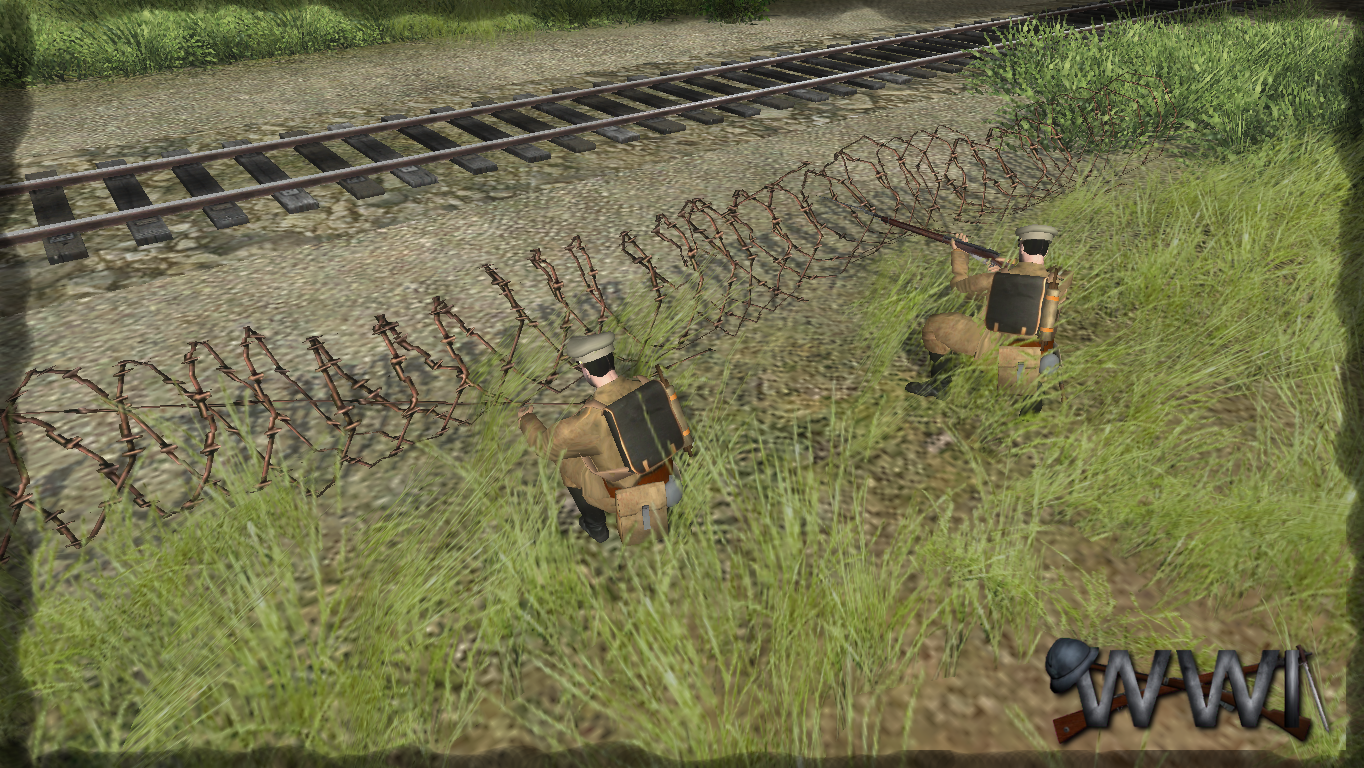
Soldiers in greatcoats
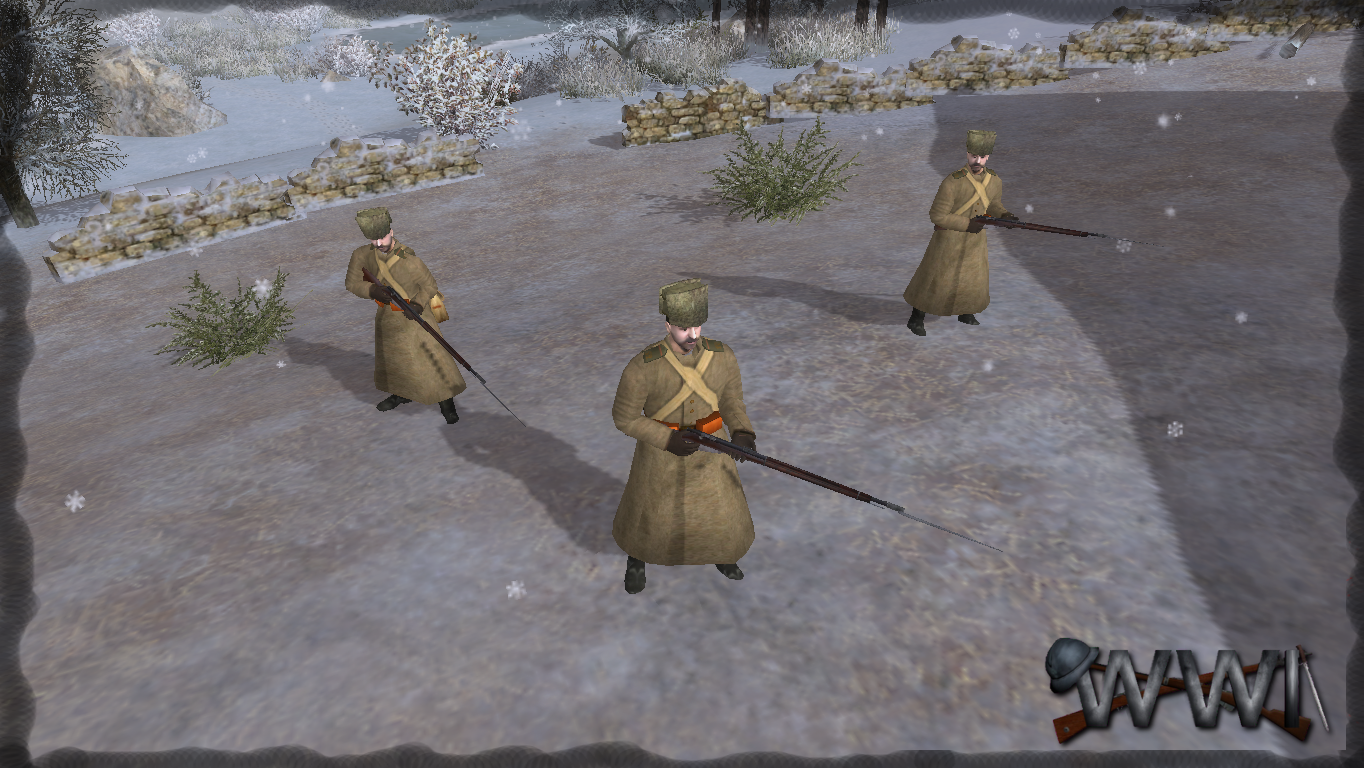
The Putilov 76.2mm m/02 Field Gun is an important gun, as it made up the mainstay of the Russian Imperial Army's artillery during the Great War, and was then used by all sides in the Civil War, and then by the Soviet Army well into WW2.The range of the 76.2mm Putilov was actually quite superior to any other field gun used by the other powers in WW1: it was capable of throwing a special grenade (7.45 kilo heavy) some 9.6 kilometers, while usual shrapnel shells could reach some 7.5 kilometers. (It was also accurate: the spread of the shots was small.)
During the years following the defeat in the Russo-Japanese War, and in face of impending conflict in Europe, the Russian Army underwent big modernizations. Among other things, the artillery was upgraded.
The Russians designed 122mm Howitzer m/04 was known to be deficient, and the government went abroad, and bought artillery from both France and - ironically enough - Germany. The French gun was manufactured by the firm of Schneider. It was originally of 120mm caliber, but it was bored up to take the special Russian caliber of 122mm, and renamed the m/10. (The German 122mm Howitzer, manufactured by Krupp, went under the designation of m/09)
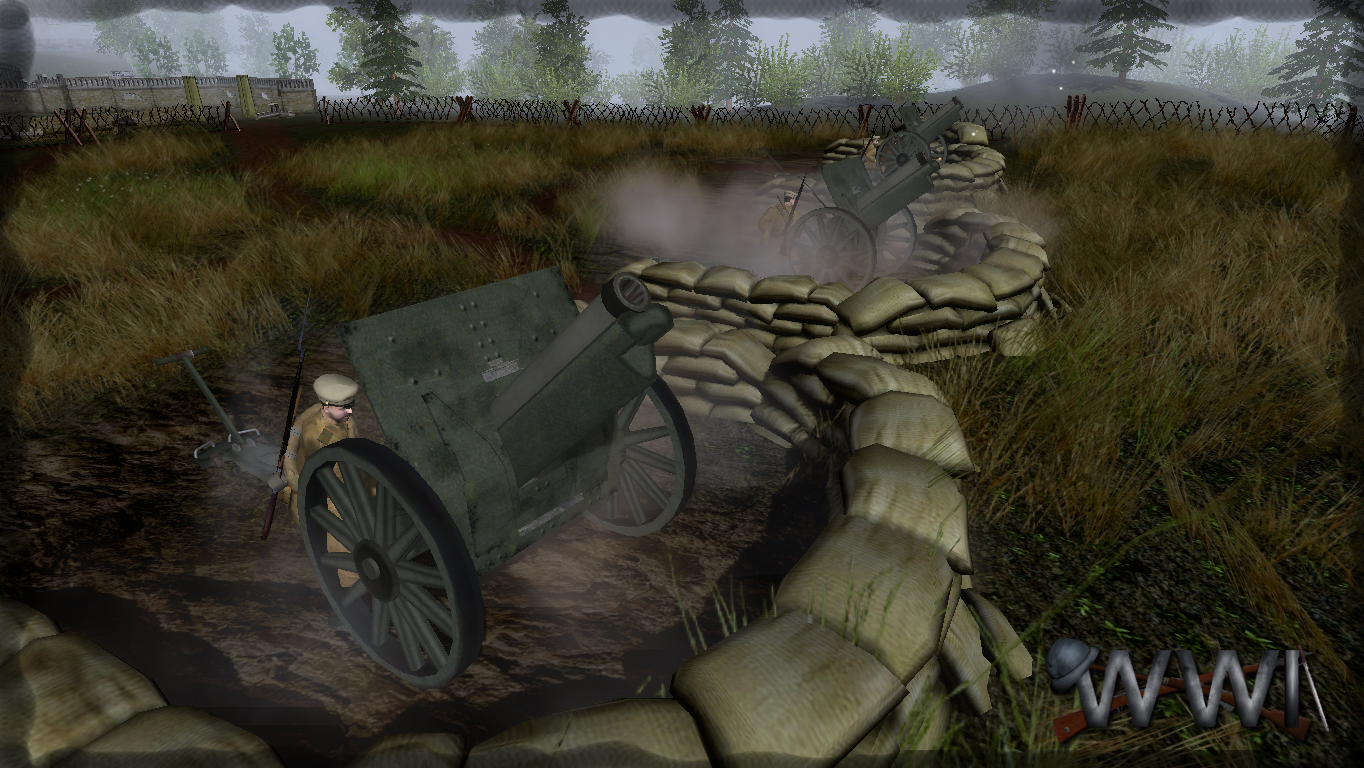
The unforeseen demands created by the new type of trench warfare in WW1 called for many new types of weapons. One of the most important of these was the Trench Mortar. Very soon all Armies started experimenting with Mortars, at first of a very improvised and even crude nature, but soon becoming more and more sophisticated.
This Russian mortar can be seen as one of the second generation of mortars, that were introduce in the middle of the war.
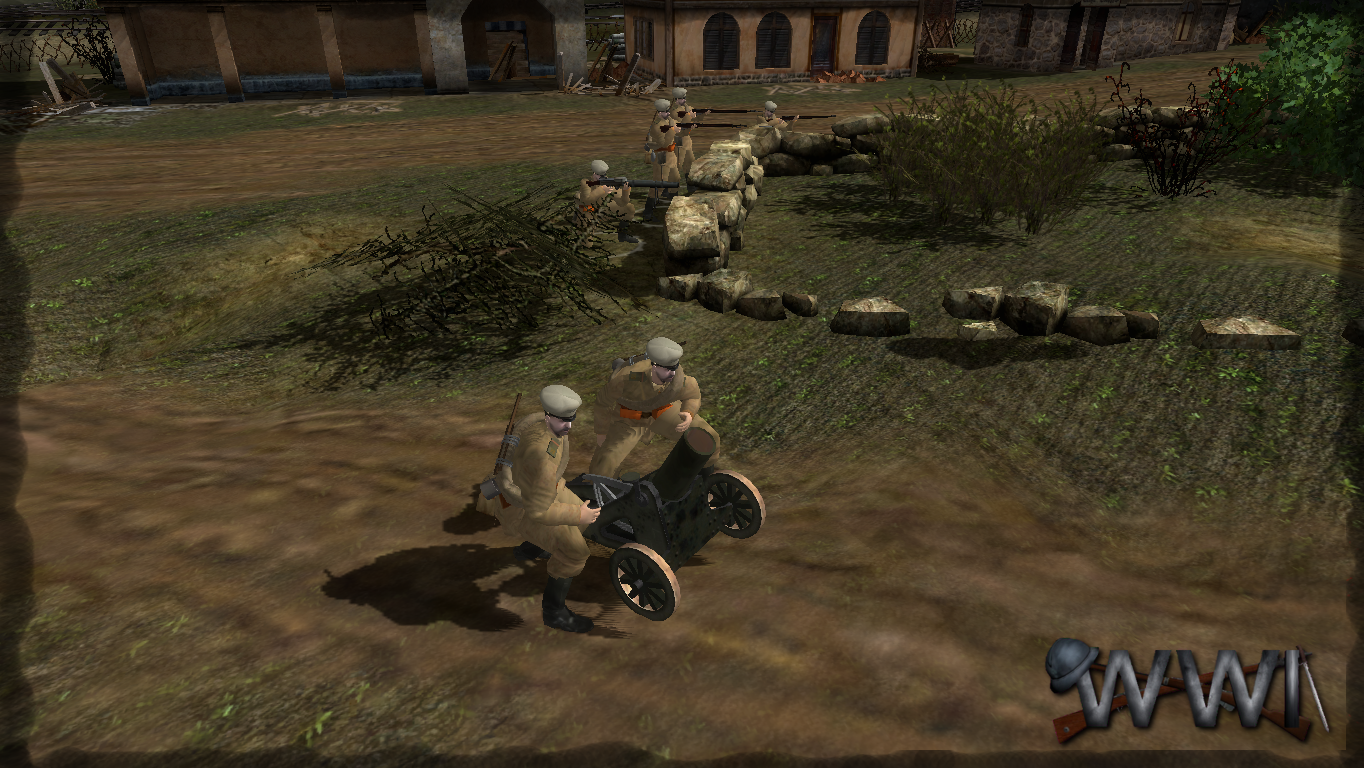
Austin Armored Car was a British armored car produced during the First World War. The vehicle is best known for its employment by the Russian Army in the First World War and by different forces in the Russian Civil War.
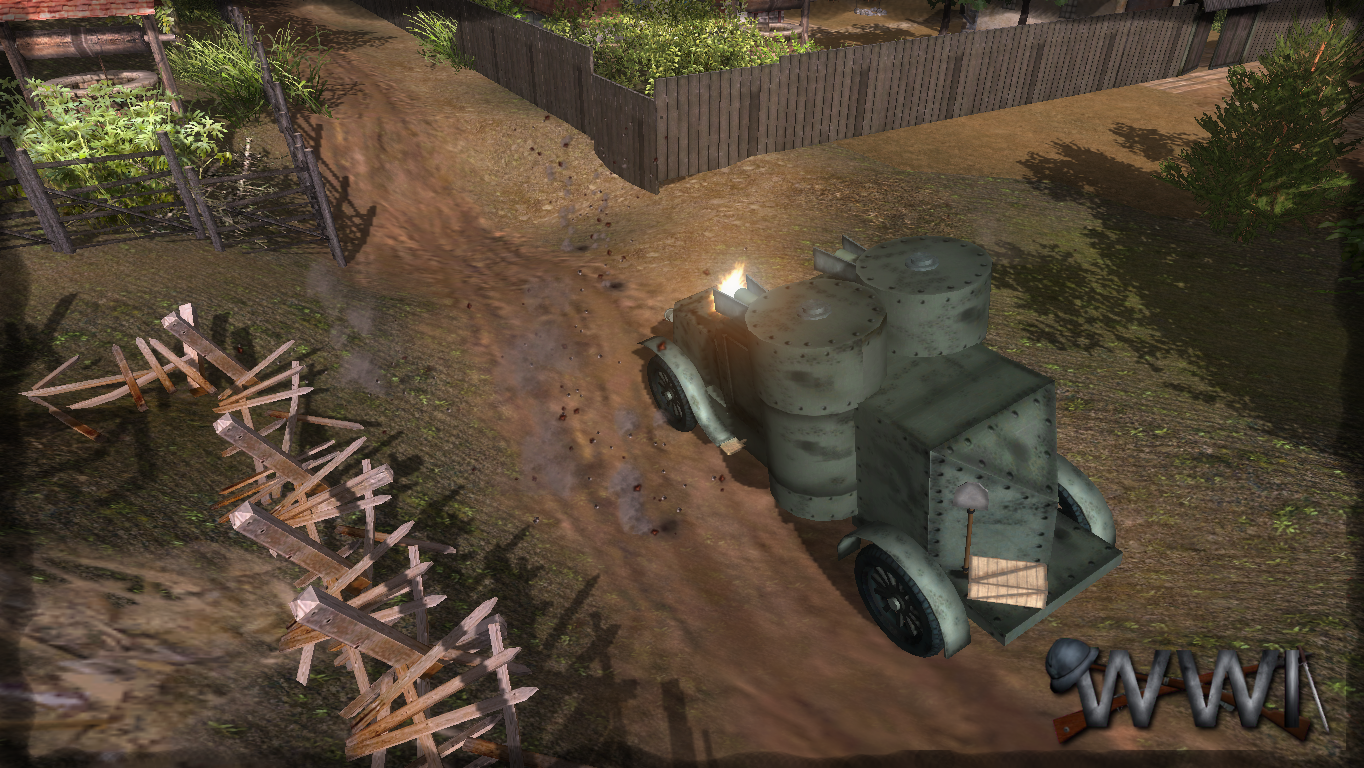
The Russian Puilov-Garford was designed in the autumn of 1914 and was for one of the most heavily armed Armored Cars of the war. The chassis, drive train and motor was based on an American truck, made by the Garford Company of Ohio - hence the name - with a 35-h.p. motor, chain driven on the rear wheels. On it was placed an armored body with a MG and cannon equipped turret at the rear, and two additional MG:s in sponsons.
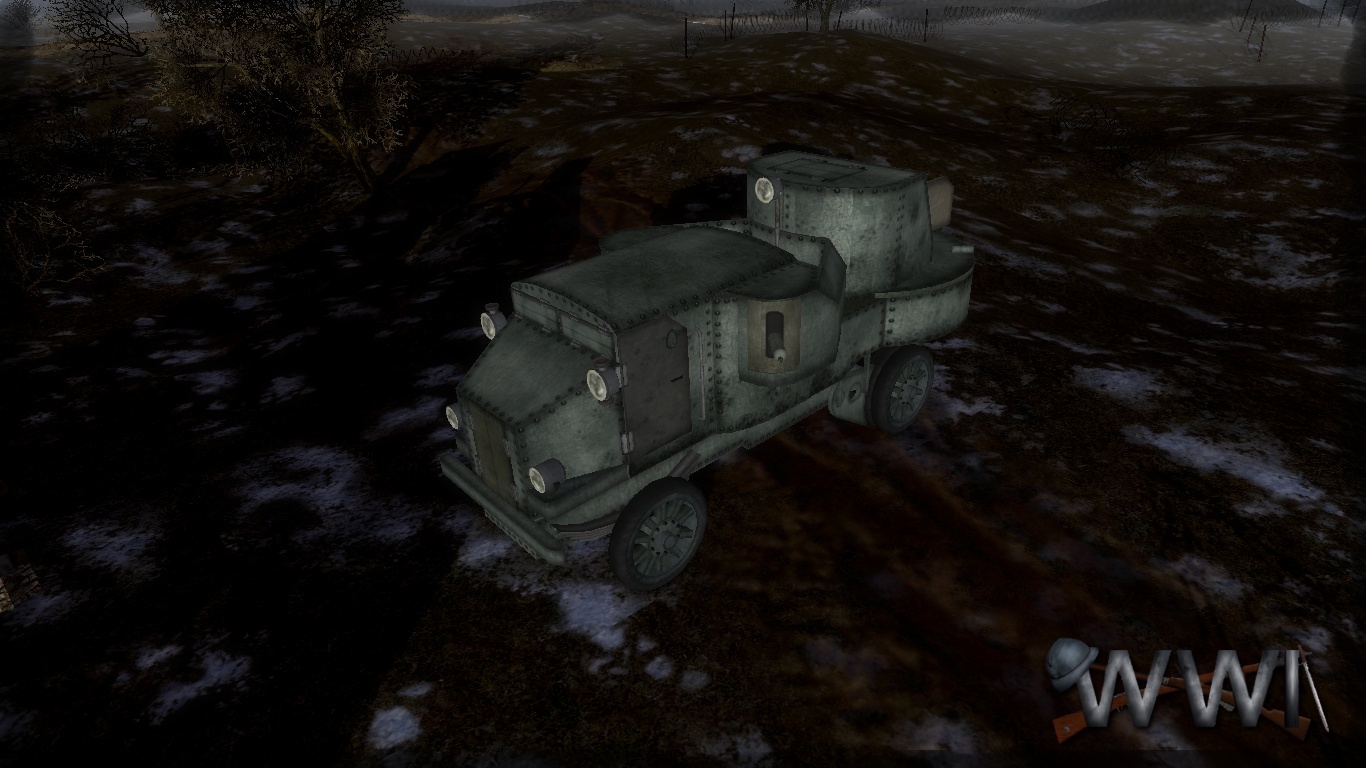
The Lanchester Armored Car was a British armored car produced during the First World War.The Russian Army received 22 vehicles in December 1915. 19 of them were later rearmed with 37-mm naval Hotchkiss gun instead of MG.
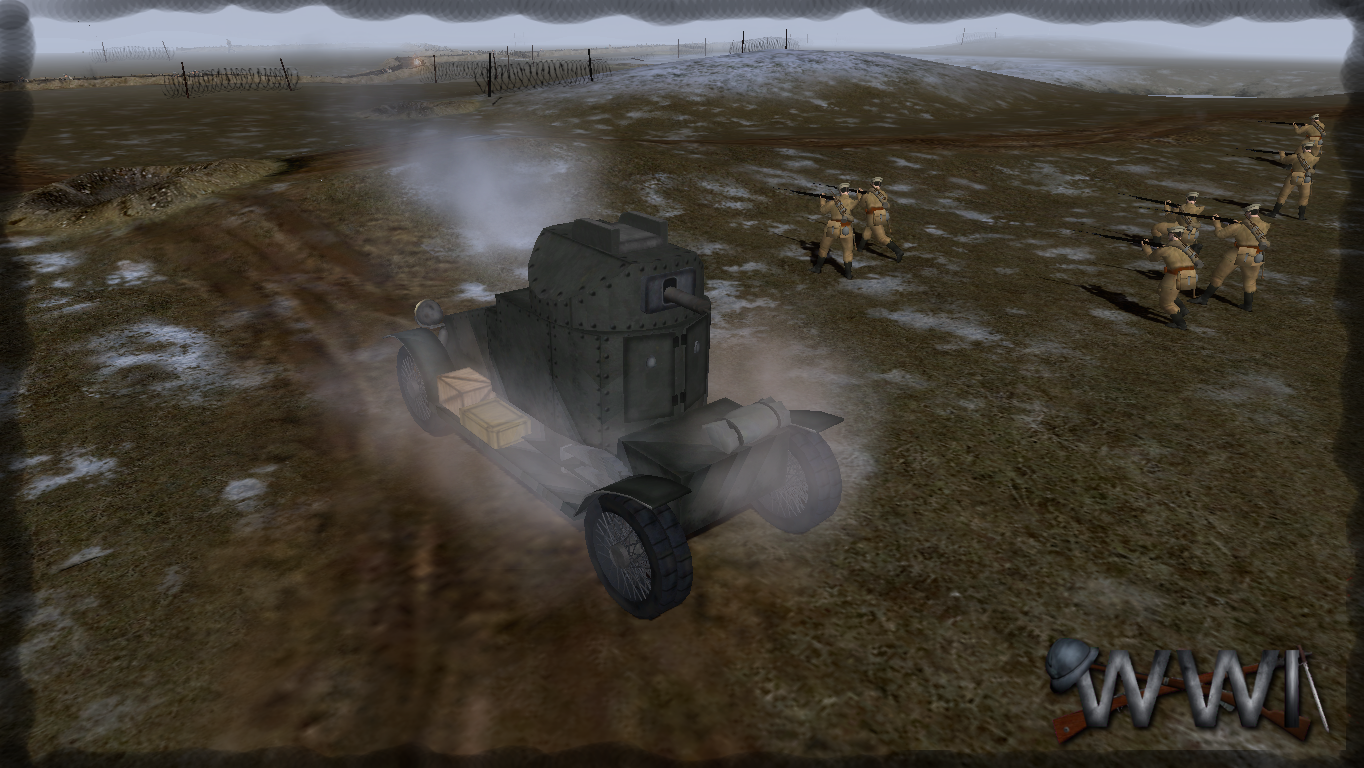
The Ilya Muromets (Russian: Илья Муромец) model S-23 V was a four-engine bomber used during World War I by the Russian Empire. It was based on the Russky Vityaz or Le Grand, the world's first 4-engined aircraft, designed by Igor Sikorsky. During World War I it became the first four-engine bomber and dedicated strategic bombing unit. This heavy bomber was unrivaled in the early stages of the war, as the Central Powers had no aircraft capable enough to challenge it until much later. The aircraft was named after Ilya Muromets, a hero from Russian mythology.

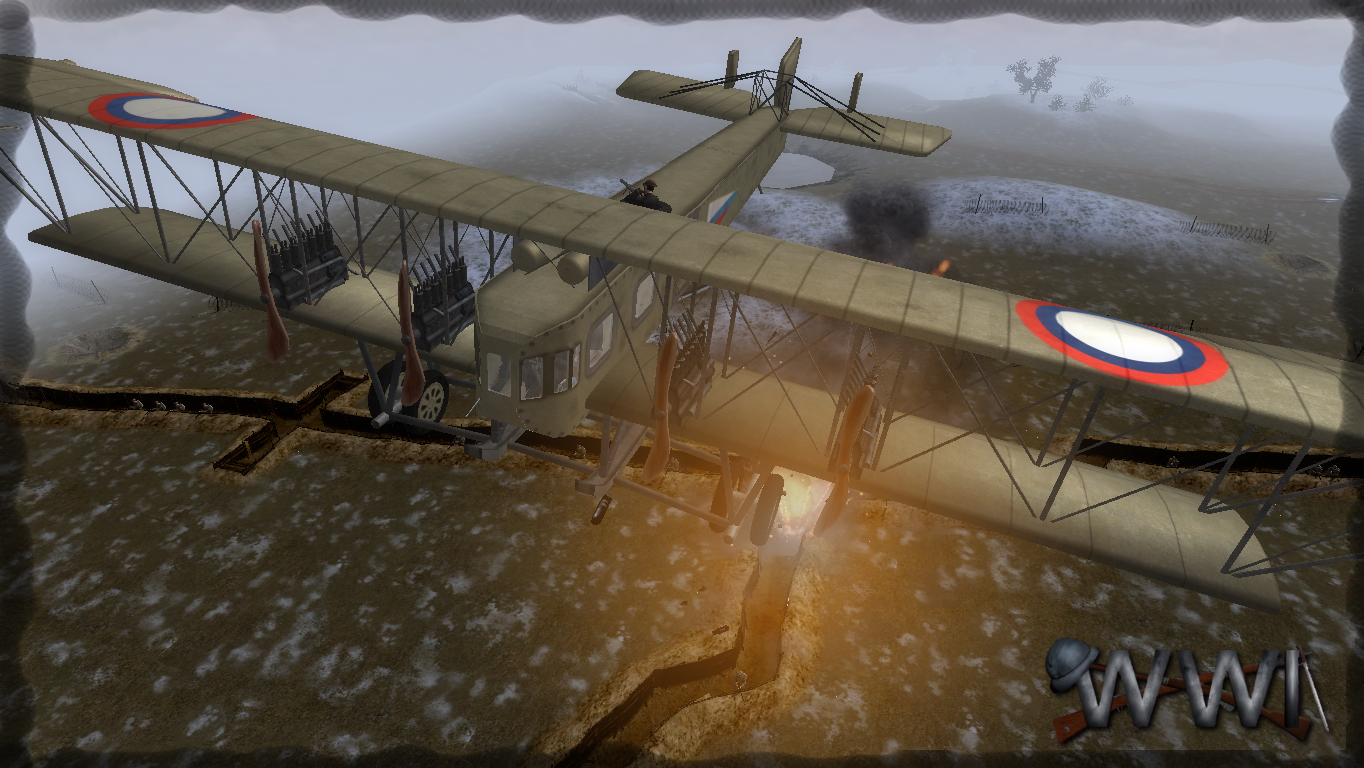
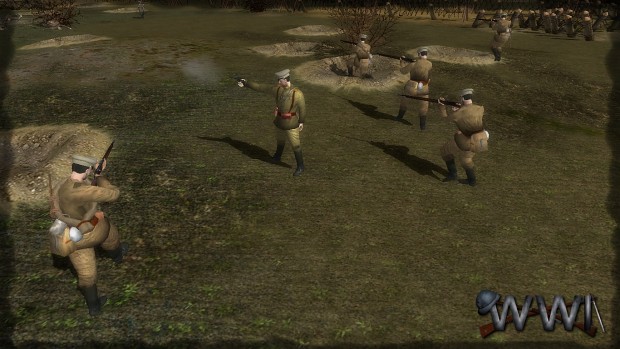
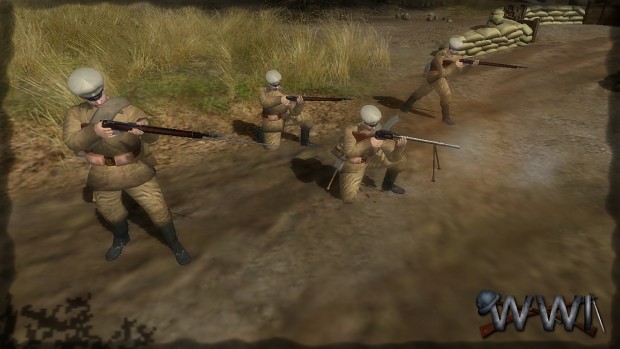

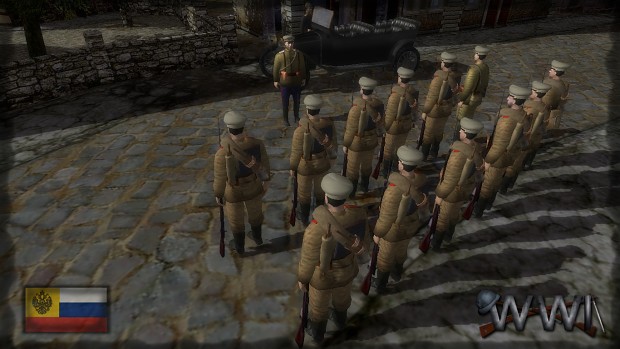
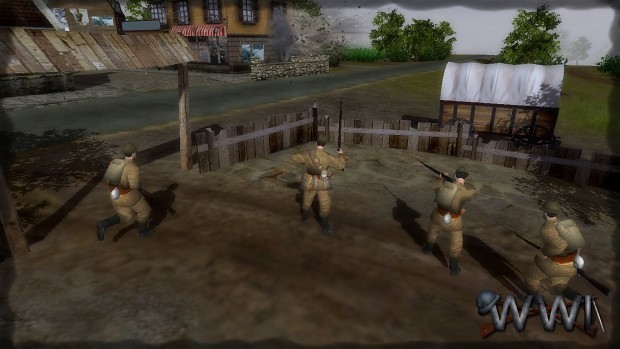
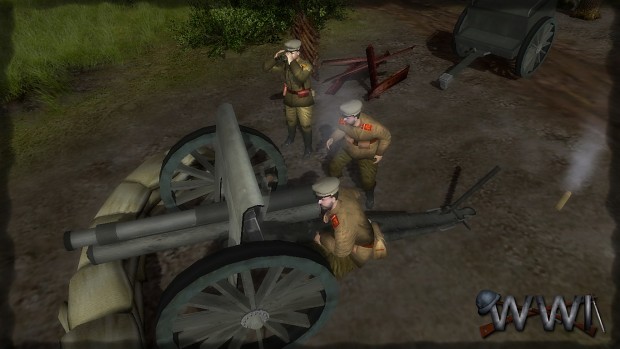



E.P.I.C
Descriptive. I love it!
this mod is just getting better and better!!!!
Impressive !!
awesome overload.
sorry but... riflemans?
actually its rfilemens
Riflemen*
As a russian this fills me with joy
As a russian I tried to make Russian army for our project as best, as I could =)
I love all the armored cars!
What the Russians lack in tanks, they make up for in bombers and armoured cars. :D
Also, your models have significantly improved!
Hear, hear!